“If the bee disappeared off the surface of the globe, man would only have four years of life left.” Perhaps the comment attributed to Albert Einstein can explain why environment analysts and agriculture experts are busy with a shared plan of action to tackle pollinator decline and make our earth a place where pollinators can survive and thrive.
The factors affecting the decline of bees include different diseases, parasitosis, over application of toxic agro-chemicals in modern agricultural practices, lack of easy access to bee foraging ground and quality bee-friendly plants for sustaining the hives across the seasons impacting bee health and nutrition, environmental and ecological stresses, climate change and lack of premier bee natural habitats to mention only a handful.
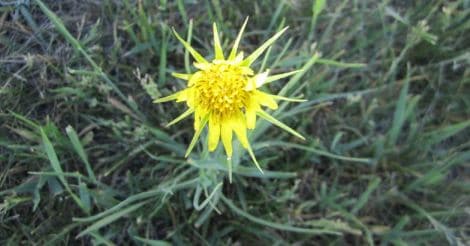 Photo: Saikat Kumar Basu
Photo: Saikat Kumar BasuSince the trend is global, North America, including both the US and Canada, have both been seriously impacted by the rapid decline of bee population. There is no doubt regarding the importance of conserving key natural bee habitats and native wildflower plants for securing the future of native bees. However, the over emphasis on wildflower (or native/indigenous plants) only for securing the future of bees seem to be a far-fetched, over-zealous idea, promoted by North American conservation agencies, including Canada.
The bulk of North American apiculture industry is dependent on crops like seed canola, alfalfa, clovers, fruit trees, orchards and vegetables, just for the massive acreage in which they are grown across the US and Canada. Bees (both honey bees and native bees), together with several other insect pollinators, are attracted in huge numbers to such agricultural fields for foraging. The over application of agricultural pesticides in the crop fields thereby kills them in massive numbers, mostly due to irresponsible spraying regime by many farmers to selfishly protect their crops without any concern for the environment.
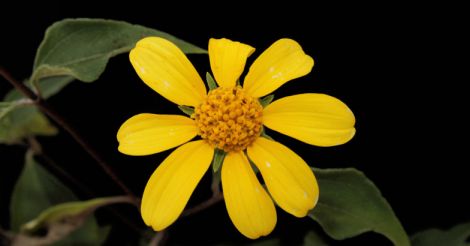 Photo: William Cetzal-Ix
Photo: William Cetzal-Ix
Only when the crops are harvested and no longer available for foraging will bees turn their attention to native wildflowers. Of course in their natural habitats bees depend exclusively on wildflowers but our society has moved towards industrial agriculture. Hence, if crop producers and farers in North America are not involved in this process, conserving bees through promotion of wildflowers is a distant dream to ever come true. Every year, nature conservation and agricultural agencies, cities and municipalities in North America, including Canada, spend thousands of dollars in distributing free wild seed mixes as free hand outs to enthusiasts and nature lovers in AgExpo or farmer events or on the World Environment Day in an attempt to advocate for the purpose of bee conservation by encouraging growing wildflowers.
Although the sincerity and concept involved behind is deeply appreciated, the approach is criticized. These are all cosmetic changes on a big board that appear as dots and is never ever going to make any significant impact on the real efforts for bee conservation. Most wildflower species are not crops like alfalfa and we do not have any information on their agronomic outputs and their successful production under commercial agriculture.
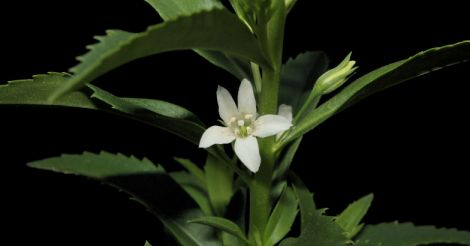 Photo: William Cetzal-Ix
Photo: William Cetzal-IxWe do not exclusively know its agronomic parameters such as the correct seed rate, planting dates, harvest time, soil profile and soil pH in which they will produce flowers commercially, specific fertilizer needs, biological and non-biological diseases, natural pests nor successful control mechanisms.
We also do not have any reliable commercial production data on wildflowers as vast majority of them are not treated as horticultural plants and some could even be potential threat to commercial agriculture by turning out as weeds in the agricultural fields, if handled irresponsibly. Bees are hugely attracted towards many weeds like Canada thistle and dandelions and this cannot be allowed to be grown for successful bee conservation.
Furthermore, most wild species, during acclimatization to new environments, may show high Genotype X Environment (GE) effect with fluctuating yields across different test sites over several years, if attempted. They may also have local adaptation needs that may restrict wide use except in specific soil profiles or agro-climatic regimes for successful commercial production. In addition to some turning into obnoxious future weeds, they may introduce serious threats to our standing crops. What looks ideal and beautiful in their natural surroundings may not always be a good sustainable solution for the future and may even bring unwanted problems and dangers along with it in the disguise of being environment-friendly.
A comparative pricing analysis of several wildflower mixes available across North America through different commercial production units will show the differences in prices furthermore indicating the high cost of the wildflower seeds per acre. This is an important factor that will never make it attractive for even the most responsible and nature loving farmer to ever go for commercial production of wildflowers in his field. One of the reasons for the high costs for wildflower at commercial level is that they are not always grown in commercial units like other crops or are grown horticulturally in commercial nurseries.
In most cases, wildflower seeds have to be harvested from their natural habitats by hand. A painstaking and labor intensive process that raises the cost of seed procurement very high and when the wholesaler and retail link is included along with transportation and shipping, the end profit becomes narrower due to high cost and low customer base.
Hence, a small wildflower patch in a resident or city or municipal lawn or garden may look beautiful attracting some natural pollinators like bees. However, when placed in a broader perspective, their apparent beauty vanishes and the bare skeleton of agri-economics show up suggesting their low applicability, acceptability and lack of significant market size to make them commercially available for successful long-term bee conservation.
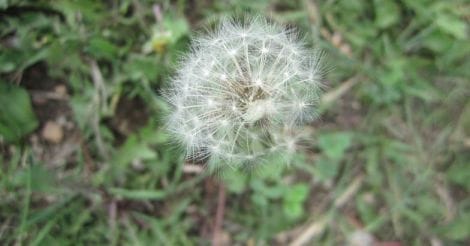 Photo: Saikat Kumar Basu
Photo: Saikat Kumar BasuHence, this continuous over emphasis and selling of wildflower species for bee conservation needs to change if we really want to make any significant and positive impact towards successful bee conservation. There is need for developing alternative pollinator mixes or bee mixes that will include pollinator-friendly annual and/or perennial brassicas, legumes, grasses (warm and cool season) mixed with some potential and high growth wildflowers for better result as viable alternative.
(The author is a Canada and India based freelance journalist specializing in global geo-political, strategic and foreign policy issues, science & technology and environment & conservation related themes.)
Read more: Latest from Call of the Wild

























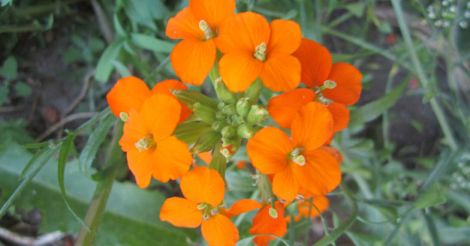 Photo: Saikat Kumar Basu
Photo: Saikat Kumar Basu